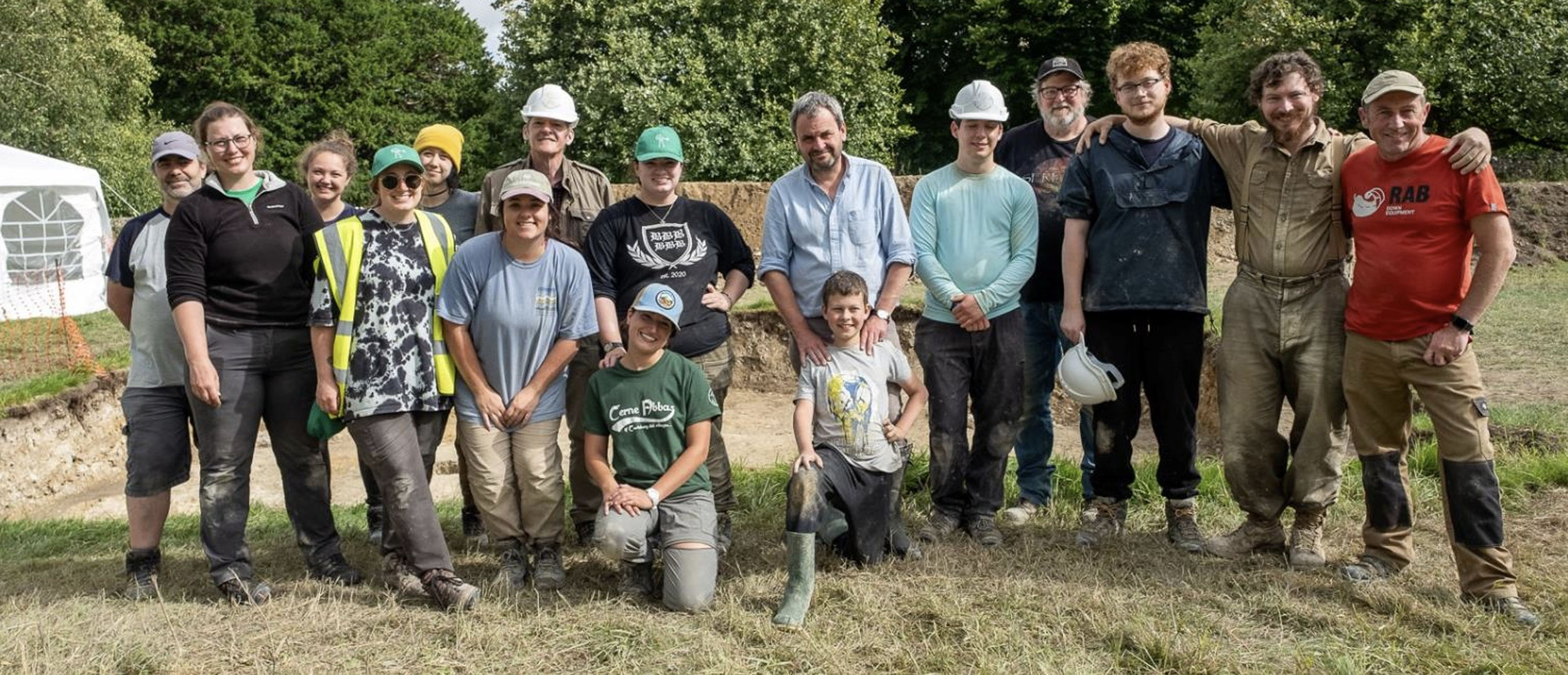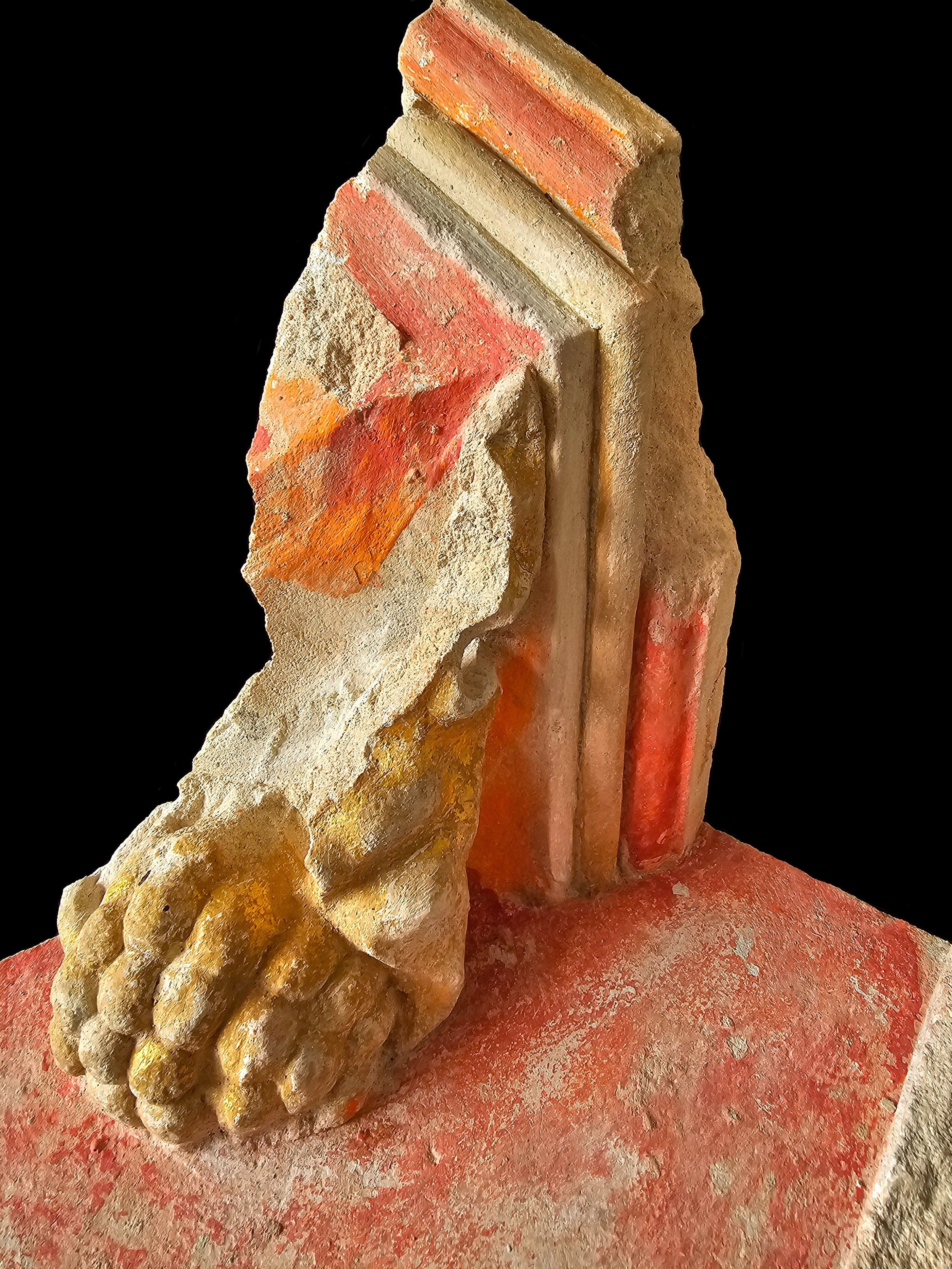
Cerne Abbey Research Project
2024 Excavations
Founded in AD987 by Æthelmaer the Stout on the site of an earlier Christian community, Cerne Abbey grew to become one of the most important monasteries in the South West of England. Shortly after its closure during the Dissolution in 1539 the site was comprehensively demolished save for a gatehouse, and the precise location of its buildings lost until archaeological work started in 2022.
2024 will see our second season of excavation at Cerne and we are running an accredited international field school, as well as accepting UK student volunteers.
-
The excavation runs between 14th July to 9th August 2024.
Volunteers can attend one or more sessions that run 14th-19th July, 21st-26th July, 28th July-2nd August and 4th-9th August.
-
Volunteers are able to join the project for one or more of our 6-day sessions. Each residential session costs £290, inclusive of food and camping. If you’re interested please download the application form below.
-
Accommodation is camping, with tents and airbeds provided upon request. The project will also provide all food and there will be a hot shower and portaloos on site.
-
If you’re interested in joining us, please down load the application form.
-
For further details or if you have ay questions please contact please email Dr Hugh Willmott
The abbey sits at the feet of the famous chalk-cut figure of a club-wielding giant that dominates the village of Cerne Abbas. Recent dating of the figure by the National Trust has shown that the giant was an Anglo-Saxon creation, and it seems directly connected to the earliest monks residing there. Ground Penetrating Radar (GPR) survey undertaken by the University of Sheffield last year provided the first ever evidence for the medieval abbey, and potentially its Anglo-Saxon predecessor beneath. Not only did it reveal an amazingly clear plan of the cloistral ranges, the survey showed that the buildings remained surprisingly intact with walls up to four feet tall in places.
Excavations in 2023 started to investigate these results, with a trenches located over the southwest corner of the cloister, which includes part of the west range and the north aisle of the monastic church. Although heavily robbed, our work revealed evidence for decorative tiled floors and even an intact burial in the cloister walk way. It seems that the cloister was extensively rebuilt in the 13th century and elaborately decorated with Purbeck marble detailing. We found a number of fragments of highly decorative carved stone that still retained evidence of original paintwork in red, white and orange) as well as surface gilding. These almost certainly came from a very important structure within the abbey church, possibly a tomb or even a shrine.
If you wish to join us in summer 2024 we are accepting volunteers NOW!


